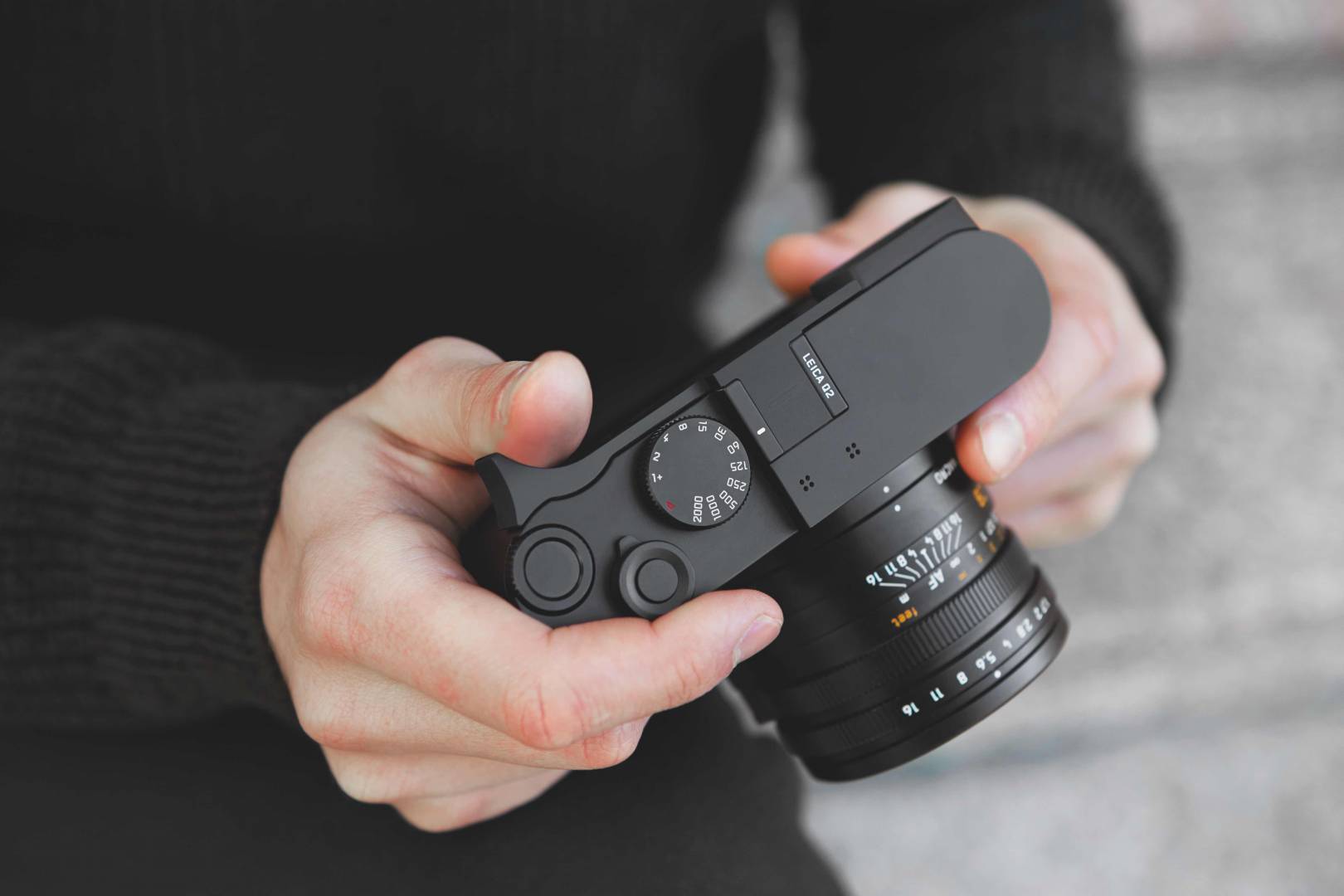Leica increased UK prices of most lenses and accessories at the yesterday by between 1.5% and 4.4%. Strangely, camera bodies, with the exception of the fixed-lens Q2 and D-Lux, are unaffected. We understand that this price increase applies to the UK only and is presumably to compensate for the fall in the value of sterling against the euro.

Lenses have taken the brunt of the increase, ranging from 2.4% on the 75mm Noctilux (now £10,500) to 4.4% on the 50mm Noctilux (now £9,500). The cheapest M lens, the 50mm Summarit, rises 3.8% to £1,450. The 28mm Summilux is up 2.8% to £5,450 while the 50mm ‘Lux is now £3,350 (up a more modest 1.5%).

SL lenses have also risen, with the popular 24-90mm Vario-Elmarit rising by 3.8% to £4,050.

While all system bodies and some fixed-lens cameras (the C-Lux and V-Lux) are excluded from the increase, both the Q2 and D-Lux 7 prices have gone up.
The Q2 price was increased from £4,250 to £4,375 at the beginning of September as part of a world-wide adjustment. It has now risen a further 2.9% to £4,500. However, if the September price rise is ignored, the Q2 is now nearly 6% higher than it was in August.
Leica followers will recall that the Q, when introduced in 2015, was listed at just under £3,000 which means that this fixed-lens full-frame camera has risen by 50% in four years.

Hi
I follow your observations on the L mount adventure with great interest. I have invested heavily in SL lenses with a 10 year perspective. I did so genuinely astounded by their optical quality having used Fuji GF lenses/ 50S. The 16-280 mm coverage in three near unimpeachable zooms is fantastic for the high mountain photography I mainly do. I have accepted over a 10 year period I will have higher maintenance costs and higher depreciation than on M lenses but after 52 I just cannot use such lenses to get the best out of them in variable and changing light in the mountains even using focus peaking as good as the SL. Of course, I yearn to know what lies within the SL2 which might flatten the depreciation curve on my SL lenses to a degree. However, the immediate imperative is to know how these lenses perform on the S1R. While the oddity of L Mount is that a ‘pure’Panasonic badged camera may do little to slow depreciation on SL lenses, I am almost desperate to see a report of prolonged and reliable SL lens usage on this body. Does anyone herein have such experience ? Are there any foibles ? My sense is that all of these SL lenses , even the earliest zooms, are a little underwhelmed by the resolution of the existing SL sensor/ processor and should meet a beautiful match in the higher resolution / DR of the S1R / probable SL 2 sensor. Any thoughts gratefully received
All the SL lenses were designed with higher resolution in mind and I do not think there will be any problems with the SL2 or the S1R. I can’t speak for larger sensors but that’s some time in the future for Leica. I am now pretty sure that the SL2 will be similar to the S1R in specification. There must be a lot of cross-over I am sure. Image stabilisation will be welcomed by M-lens users, of course, and the SL2 will continue the lens profile advantages seen in the SL but not any of the new LUMIX models.
Mike I rather suspect lens design technology coupled to in camera corrections have moved on to such a degree that there is no such thing as a bad modern lens any more whoever made it and as such by the time we get into the upper realms of Nikon, Canon, Fuji, Panasonic, Zeiss, Sony etc let alone Leica I very much doubt if any of us are going to tell any real difference, certainly not for instance unless we might be printing our results up to sizes far larger than A3.
The greater question nowadays if we are to be truly honest with ourselves is are we buying whatever we buy for the right reasons? And by that I mean to noticeably improve our own photography, or might we instead be being more swayed by the potential ego or pose value of whatever we buy?
Frankly it is your money, there is plenty of room for all reggardles of how we each persuade ourselves to buy, and as I see it good luck to those who can afford to pay through the nose for the products name rather than how it actually performs, but with some of today’s increasingly massive prices I cant help wondering where it is going to end? And for me at least it is all becoming a bit of a turn off.
I agree with you, Don. And what we shouldn’t forget is that all these modern lenses are dependent on electronics. They will not be around as long as the typical all-mechanical M lens which, simply because it is timeless, holds its value well. The depreciation on expensive SL lenses — and even on Sigma Art lenses — will be much greater that on M lenses, despite the manufacturer’s name and reputation. I tend never to sell an M lens because, in general, it is an appreciating asset (whether I use it or not). The same cannot be said for modern autofocus glass.
Not increasing body prices is not strange. It is good marketing strategy to sell the bodies cheap so as to as it were ‘Get em hooked’, then up the lens prices on the basis legions of true Leica fanatics always seem to be willing to pay whatever inflated prices for genuine Wetzlar made lenses. the only thing that did surprise me a while back was the SL TL T lens fit tie up with such as Panasonic and Sigma as I do wonder how long it will be before the Leica using masses discover the much cheaper lenses from those company’s might also be at least as good, or dare I suggest be even better?
Don, I also had the same thoughts about the Leica bodies. In a sense they could be using them as a (rather expensive) loss leader in order to encourage sales of more lenses (especially in the case of the M10). Interestingly, also, not all lenses have gone up. The 50mm Apo-Summicron-M, for instance, remains at the same price.
You are also right on the matter of Sigma Art lenses. If I were in the market for a clutch of primes for an SL or S1 I wouldn’t hesitate to buy the Sigma lenses over the Leicas. As far as I can see, the Art lenses are plenty good enough and are far easier on the wallet. They look good, too. Received wisdom is that the Leica lenses must be a small percentage better, thus justifying the price. But this hasn’t been proved as far as I can see. The Sigma lenses could be just as good, if not better. I will be interested to read comparison tests from the experts.
It will be interesting to see whether this increase is reflected in secondhand lens and Q prices. Furthermore, price adjustments/increases will become evident in a wide range of imported consumer goods and services as Pound Sterling continues to be devalued.